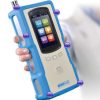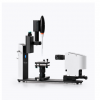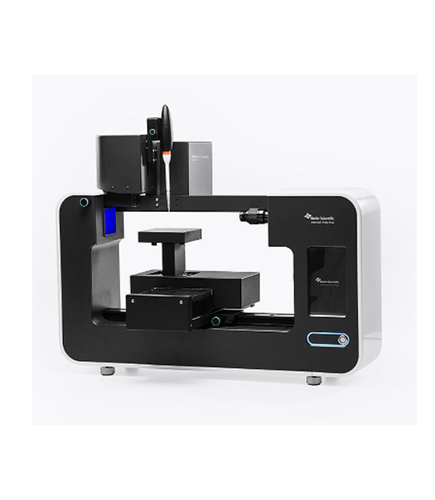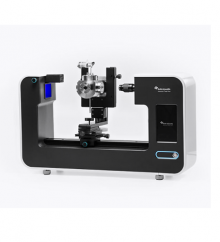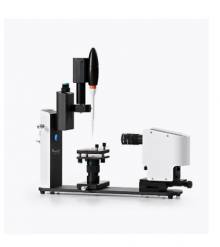Description

Theta Topography is an innovative system capable of separating the effect of surface roughness to the contact angle result. As a result, roughness-corrected contact angles can be better compared with each other for research and quality control purposes.
Features & Benefits
- Integrated method enabling to define contact angle and surface roughness accurately from the same location and to combine both surface chemical and topographical data with automated software calculations.
- Offers fast surface characterization method, which does not demand specialist to run the samples.
- Versatile roughness measurement: both 2D and 3D characterization..
Applications
Many surface modification and coating technologies that are used for optimizing wetting and adhesion properties influence both surface chemistry and roughness. Understanding the mechanisms that impact wetting by separating these two factors can be a useful tool in product development processes and in quality control. Roughness correction on contact angles also enables the calculation of fundamental surface free energy on rough surfaces. Theta Topography can be used for studying microscale roughness, which is relevant in many applications and processes. Examples include:
- Coatings and surface modifications
- Paper and board wettability
- Biocompatibility of implants
- Construction and building material
Product details
Wettability is typically studied by a contact angle measurement that can be defined with the well-known Young equation on ideal surfaces. Surface free energy theories are also based on assumptions that Young contact angles are used for calculations. Thus, the surface is assumed to be chemically homogenous and topographically smooth. This is, however, not true in the case of real surfaces. It is well established that surface roughness enhances the existing wetting behavior and influence on adhesion. See more details in theory note 7.
Contact Angle
Theta Topography makes it possible to define Young contact angle and surface free energy measurements as well as measurements for rough surfaces according to the well-known Wenzel theory. The roughness corrected contact angles make it possible to understand the influence of roughness and chemistry on the wettability of your surface, separately. By using the highly accurate motorized XYZ sample stage, we can perform both measurements from the exact same location and map the complete surface to check homogeneity and cleanliness. With the Theta Topography you can get:
– Θc, roughness corrected contact angles
– 3D and 2D topographical parameters and visualization
• 3D roughness image and parameters: Sdr, Sa and Sq
• 2D roughness image and parameters: Ra, Rq, Rp, Rv, Rz and R10z


The optical image (left), 2D representation (middle), and 3D representation (right) of a paper sample measured with the Attension Topography.


